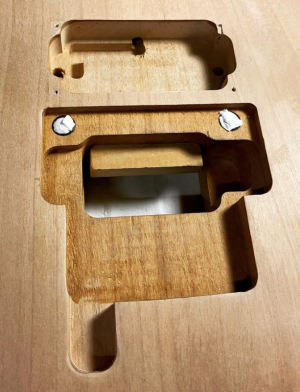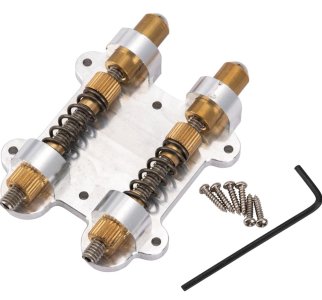labs_audio
Newbie
- Messages
- 4
In addition to general bridge compatibility, what about block sizes? Any other parts that might have issues or special considerations? Given FU's goal is to be drop in replacements for Floyd Roses I'm assuming it'll be fine, but figured I'd check to see who has had experience with them first...
https://www.fu-tone.com/product/fu2-build-your-own-bridge-tremolo/
Also has anyone ever asked about doing a D-Tuna route?

https://www.fu-tone.com/product/fu2-build-your-own-bridge-tremolo/
Also has anyone ever asked about doing a D-Tuna route?



